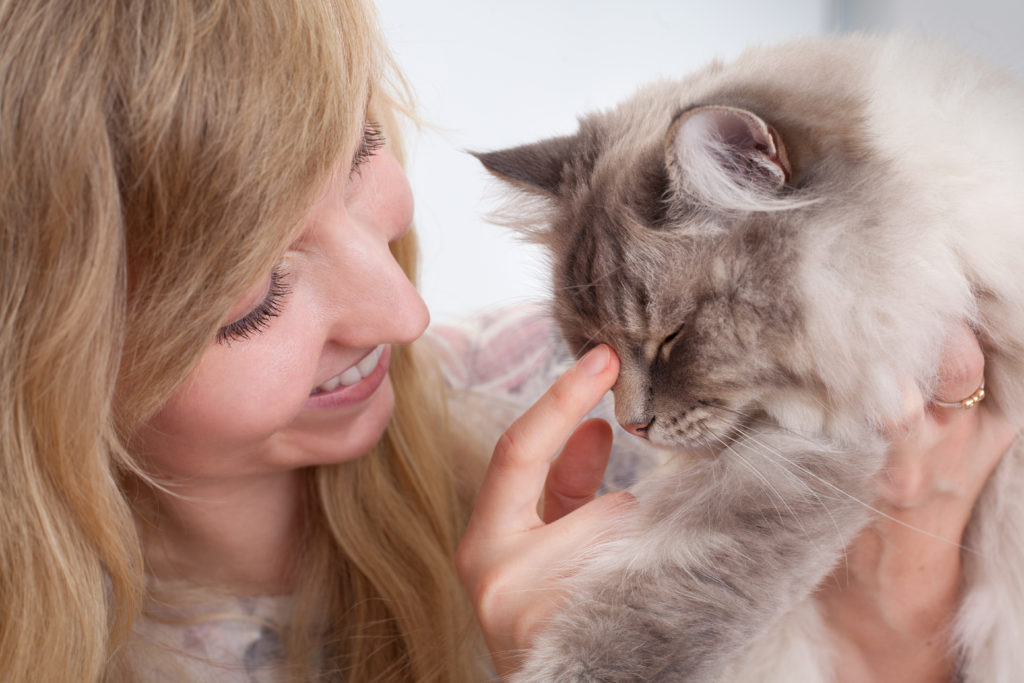Cats are magnificent, intelligent, and yes, very loving creatures—no, my cat is not staring me down and forcing me to type this. But when it comes to communication between you and your feline friend, things can get a little tricky. Many of us find ourselves wondering, “What exactly is my cat saying?” or “How can I talk back?” Well, the good news is, cat language isn’t as mysterious as it seems! To help you decode the cues, here are five key ways your cat is trying to connect with you.
Affiliate Disclaimer: This post may contain affiliate links and we may earn a small commission when you click on the links at no additional cost to you so we can continue to provide you with helpful tips and tricks. As an Amazon Affiliate, we earn from qualifying purchases. Thank you for supporting our small business.
1. The Noises
Adult cats have a range of vocalizations, and—surprise!—they save their “human language” meows just for us. Cats are actually pretty quiet with each other; their natural calls are usually lower in pitch. But to us? They’ll pull out all the stops to get our attention. Here are a few general meow translations:
- Short meows: “Hey there!”
- Longer meows: “I have a request!”
- Low growls or hisses: “Back off!” or “I’m not happy.”
- Purring: This is typically a sign of contentment but can also show stress if they’re not feeling well—so keep an eye on context if something seems off.
2. The Eyes
Eyes are indeed windows to the soul—or, in a cat’s case, windows to a very specific opinion. Dilated pupils often indicate excitement or potential aggression, so watch out for those claws if you see them go wide-eyed! On the flip side, a slow, relaxed blink (often called a “kitty kiss”) is a gesture of trust and affection. Feel free to “blink” back to say, “I love you too!”
3. The Tail
A cat’s tail is basically a mood meter on full display. A happy tail is often held high with the tip curved, like a little question mark, or just straight up in the air. If your cat’s tail is straight up and quivering as they approach, you’re getting a special “hello, I’m thrilled to see you!” But if that tail is puffed up or flicking sharply, that’s a signal they’re anxious or on edge.
4. The Ears
Ears can be very expressive—when they’re facing forward and relaxed, your cat’s at ease. If their ears twitch, they’re alert or perhaps a bit anxious. But if the ears are pinned back, they’re letting you know that they’re feeling upset or wary. It’s like their way of giving a “talk to the paw” kind of vibe.
5. The Touches
Cats may be known for their independence, but they can be extremely affectionate when they choose to be. If your cat headbutts you, gives nose kisses, grooms you, kneads, or even gently nibbles, these are all signs of their affection. Every cat has a unique personality, so take all these gestures as their own way of saying, “You’re my person!”
These five areas will help you understand your cat’s body language and deepen your connection with them. And if your cat’s ever acting unusual or showing signs of distress, don’t hesitate to check with your veterinarian. Cats may be masters of subtlety, but they deserve a little help in getting the message across!
Recommended Reads for Cat Lovers
Want to deepen your understanding of cat communication? Here are two highly recommended books:
-
Think Like a Cat: How to Raise a Well-Adjusted Cat–Not a Sour Puss by Pam Johnson-Bennett. This guide covers cat psychology and offers practical tips for creating a harmonious home environment.
-
Total Cat Mojo: The Ultimate Guide to Life with Your Cat by Jackson Galaxy. Known for his “cat mojo” concept, Galaxy provides step-by-step solutions to common behavioral challenges.
These reads offer valuable insights into building a better bond with your cat!


